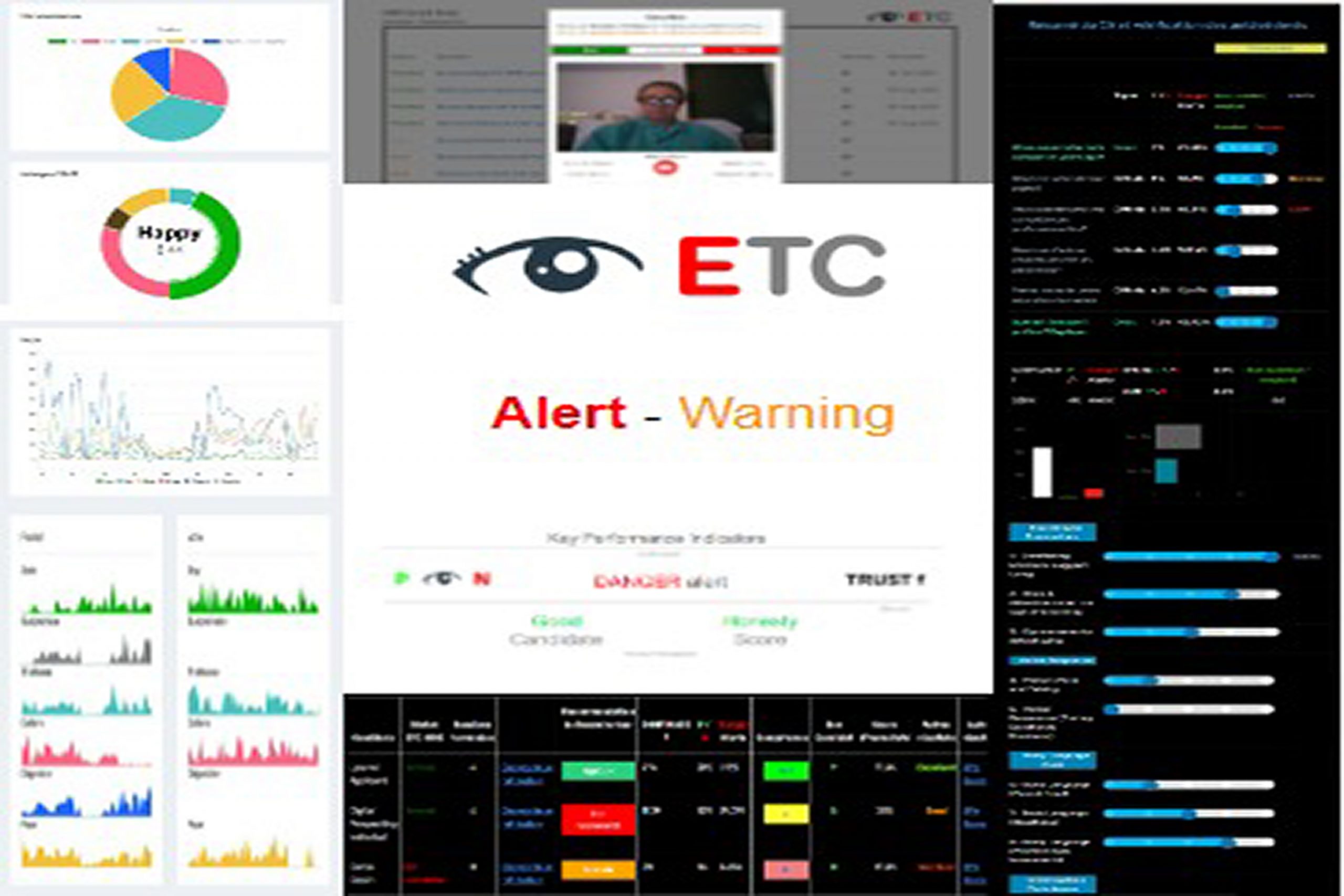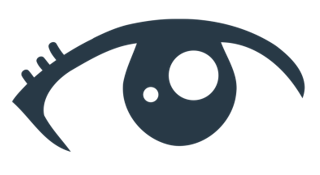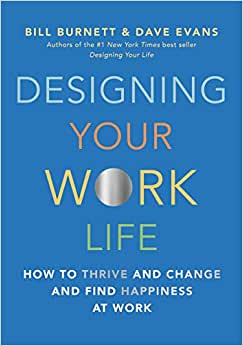Personnel Retention
Scientifically Diagnose Critical Issues
ETC AI generates the EMOTIONAL Fingerprint of Candidates/Employees to improve their Evaluation plus scientifically diagnose Corp Climate, Critical Issues, and the organization’s performance.
Summary by Maria Deac
Designing Your Work Life is a helpful guidebook for anyone who wants to create and maintain a work environment that is both happy and productive by working with what they already have, rather than keep on changing jobs in the hope of finding better.
Is it time for your to reinvent your career? Whether your job has become stale or you need an infusion of enthusiasm, why not try repurposing your work life instead of changing it? You may be surprised by the results you get.
In a nutshell, this is what Designing Your Work Life is all about. It teaches you how to use your energy to find out what you need to be happy. And then figure out how you can achieve it within your current position.
At the end of the day, your attitude and outlook are far more important than the job description or how much money you make. So keep your career ambitions in mind, but don’t allow them to cloud your other opportunities at work. Start where you are, do what you can, and work hard every day.
Now, let’s explore the top three lessons from the book:
Live intentionally and acknowledge the reason behind your wants.
Adopt the mindset of reframing what makes you feel uncomfortable at your workplace.
ARC is a method that can help your find the motivation you need at work.
Let’s delve deeper into the summary by exploring these top lessons in detail, starting with the first one below.
Lesson 1: Enjoy the journey and aim for more in your career only when it makes sense for your life.
You may not be able to change your current position. But you are always free to choose an option that suits you better. The most important thing is to be happy, whatever job you do. It’s very common for employees to be stuck in a rut. So we’ll explore ways to get out of it without having to change your life drastically.
Our lives and work are complicated, and the best way to deal with this is to create a set of guiding principles that clarify your values. This won’t always make your days smoother, but it will give you something constant to hold on to.
Instead of always aiming for more of everything (money, status, possessions, relationships, etc.), simply allow yourself to enjoy the journey and the position you find yourself in. The main issue with always wanting more is that you can’t ever achieve your end goal with that. You’ll always want more.
This concept is commonly known as the “hedonic treadmill.” When you get so much pleasure from getting what you want, you repeat this experience repeatedly, getting stuck on a treadmill instead of enjoying life.
Lesson 2: Work on becoming a life reframer by redesigning your work.
Only you can decide whether your job is good enough. You might not be able to find a ‘dream job’ right away, but you can learn how to design your work life. You can choose the aspects of your life most important to you and ensure those are aligned with your career.
The authors call this concept reframing, and it implies changing your perspective on your job. Think of the tasks you enjoy most doing and focus your work on those. Redesign your job to work best for you instead of running away from it.
Start by reframing your job into three parts: money, impact, and expression. Naturally, every job is a mix of these three aspects, so you just have to figure out which ratio between these is right for you. The money part is clear. The impact is related to your social contribution and the expression of your creativity.
Once you figure out the right mix, start redesigning your dream job. Ask yourself if you’re satisfied, or if not, what’s the one thing you’d like to do more or get involved with? Adjust and start small, to see what works. If money is not a big component, you could try working part-time and exploring your creativity during your free time off.

Lesson 3: Use the ARC formula to rediscover motivation in your work life.
There’s no such thing as an enjoyable workplace where you are not stressed and look forward to 100% of the time. Social media, friends, TV, and other information sources can paint a bright picture of our professional life, making people feel like they’re doing something wrong for not feeling absolute joy at all times.
The problem starts at our motivation level, and that’s an internal issue to fix. Start by accepting that work may not always be a dream environment, and that’s ok. However, you can make it more challenging, enjoyable, and fun. How? By using the ARC method. Here’s what it stands for:
A – autonomy
R – relatedness
C – competence
Autonomy is the level of freedom you get to redesign your work life. You can increase autonomy by overdelivering and therefore improving your essential tasks. If your task is to work with a system, try upgrading it and making it more challenging while delivering added value.
Relatedness comes with the connections you make and the energy you get from working with other like-minded people. Enjoy more of this feeling by reaching out to colleagues, trying out new projects, and connecting at the workplace.
Lastly, competence implies the skills you need to perform your job. We’re all great at specific tasks while avoiding the ones we don’t do well. However, when you encounter new projects or areas of work where you don’t feel comfortable, simply tell yourself that it’s a great way to develop skills and gain new insights.
Designing Your Work Life Review
This book has innovative, inspiring, and thought-provoking ideas; it’s fantastic to read and learn from. Designing Your Work Life is easy to understand as a rather technical subject matter, e.g., career change, especially with the explanations of the ‘rules’ at the end of each chapter. It’s an excellent insight into methods other than quitting your job and starting a new one, helping you find satisfaction in what you already have. A great read.
Who would I recommend the Designing Your Work Life book to?
The 30-year-old feels stuck at their job, the 40-year-old person who feels too late in life to change their career so they want to redesign the existing one, or the 45-year-old person who wants to learn healthy principles about redesigning their life and embracing their professional journey.




